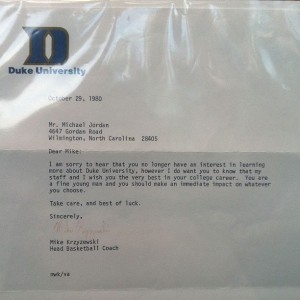Remember a few years back when Zappos, the darling of the HR world, announced it was offering new employees $1000 on their 90 day anniversary to Leave the company? At the time that’s all HR people talked about – it was revolutionary – pretty soon every company would be paying their employees to leave. What happened to that? Zappos is still offering to pay employees to leave. Is your company? Why not?
It hasn’t caught on because your leadership is afraid your good hires would actually take you up on your offer!
Of all the HR gimmicks Zappos does, offering employees at bonus at 90 days is the best one – because it puts everything on the table. It’s the one thing they did that other companies are too afraid to steal! When you go to an employee and say we need you to be all in – so – if you can’t be all in, here’s $1000 bill, all you have to do is leave. That’s having true faith in your organization, your culture. We only want people to work here – that really want to be here. Many of say it, but 99.9% aren’t willing to back it up with an offer.
It hasn’t caught on, because your HR team is too weak!
Think about the HR person who takes that idea to the executive conference room. They’re either really good at what they do, or crazy. Because most leadership teams are not going to buy in on the initial idea. To get an idea like that approved, you have to have executive buy in, in a major way. You have to be able to sell it. That person is not your average HR person. That’s an HR person willing to do thing different, willing to put their beliefs on the line. Those kind of HR folks are the ones who get the corporate logo tattooed on their ass – and don’t even tell you about it.
It hasn’t caught on because the recession put people 2nd and business 1st. (Remember when your employees were 1st!)
In a down economy the importance of your workforce has taken a back seat. It has. Leadership and management training was almost non-existent, retention programs disappeared and work-life balance turned into get-your-ass-back-to-work balance. That’s simple economics. When your pool of labor far outreaches your needs, the employer holds more of the power. This makes the exercise of giving people money to leave, seem a little silly. First, people aren’t leaving because they have no where else to go. Second, if someone sucks, I’m getting rid of them because I have 100 others waiting to take their spot.
HR Pros discount this policy. They say it’s meaningless. It wouldn’t make a difference in their environment. They have a performance management process that gets rid of ‘those’ kinds of employees. The fact is, we are scared. We are scared to go and do this because we know the truth. That it would cause turnover, that would cause our systems and processes to be taxed. We don’t have the resources to handle it. We don’t have the leadership to handle it. We don’t have the guts to try it.
It’s the single most brilliant thing that Zappos has done in the HR space, and you’re not doing it.

